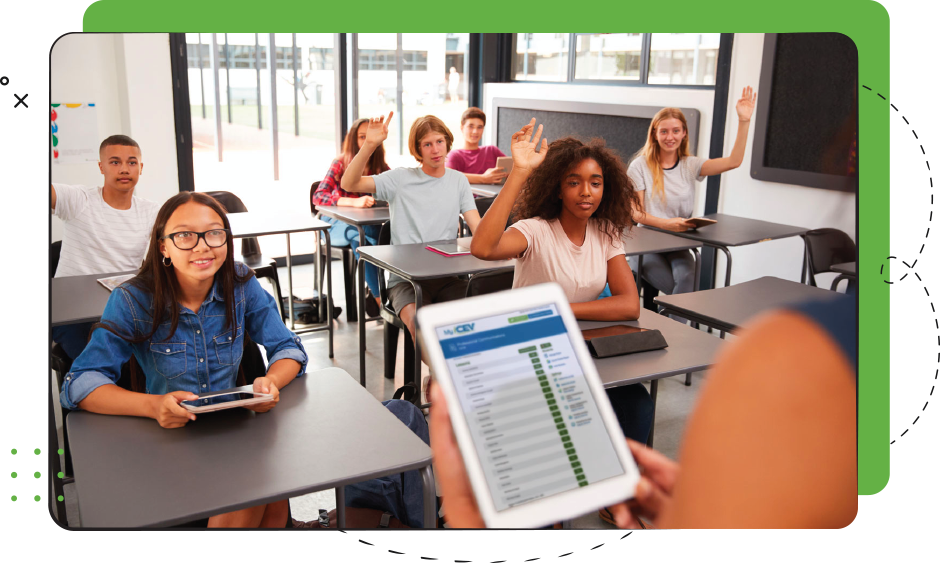You’ll save hours each week with ready-to-use lesson plans, teaching materials, and automatically graded assignments.
A Comprehensive Business, Marketing, Finance, IT & Media Curriculum
Meet your standards and prepare students for certifications with an all-in-one curriculum that will save you hours each week. Explore the courses to see how iCEV can fit into your CTE program:
Sorry, there are no resources currently available with the chosen filters.
Failed to load posts. Please try again.
Additional Courses Available Through BusinessCenter21
Click the course name to learn more.

Save Time and Inspire Student Success
With iCEV, you'll be free to dedicate more time and energy to your students. Our business and media curriculum platform provides:
- Ready-to-use lesson plans and automatic grading to shoulder the burden of administrative tasks.
- Interactive coursework, hands-on activities, and projects that foster critical thinking and engage students.
- Curriculum and prep materials aligned with certifications to ready students for exams and increase pass rates.
- Data tracking and reporting to see where students are succeeding, and where they’re struggling.
3 Simple Steps to Make a Difference for Your Learners
Educators deserve tools that will give their learners more opportunities to grow and excel. Follow these steps to get back to what matters.
Thousands of Educators Have Inspired Learners with iCEV
“As soon as you get a book, it's already out of date. One of the things I like about iCEV is, as soon as there is a change, they've already incorporated it into their program.”
Overcome Your Biggest Challenges as a CTE Teacher
Tired of feeling overwhelmed by planning, grading, keeping students engaged, meeting standards, and everything else you need to do? You’re not alone: thousands of teachers face these challenges every week. Thankfully, there are strategies you can implement to solve them. Download your free guide to reclaim your time and get back to focusing on your students.Empower Your Learners to Career Success
It’s time to stop being overwhelmed by your responsibilities and requirements. With iCEV, you have everything you need to plan courses, certify students, and prepare them for success - all in one place. Our easy-to-use, comprehensive CTE solution provides you the necessary resources and systems to do your best work.
Sign up today and change your learners’ lives.


